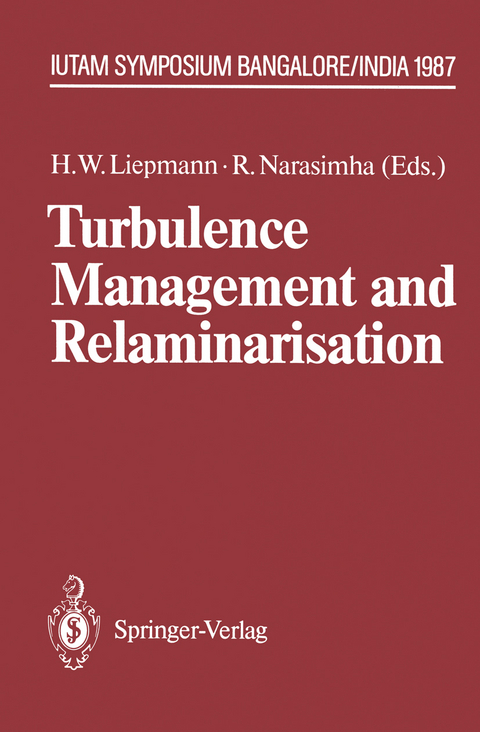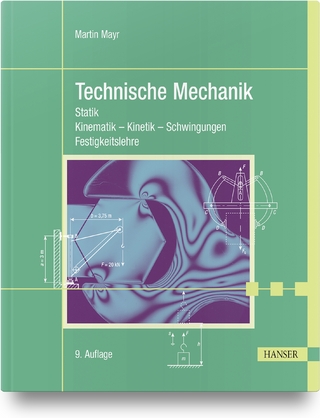
Turbulence Management and Relaminarisation
Springer Berlin (Verlag)
978-3-642-83283-3 (ISBN)
1 Wall-Bounded Flows.- 1A Structure.- Documentation of turbulence producing structures in regular and manipulated turbulent boundary layers.- Measurements in a synthetic turbulent boundary layer.- A unified view of the origin and morphology of the turbulent boundary layer structure.- 1B Outer Layer Devices.- Evaluation of drag reduction by turbulence control devices.- Turbulent boundary layer manipulation and modelling in zero and adverse pressure gradients.- Computational and experimental studies of LEBUS at high device Reynolds numbers.- Blade manipulators in channel flow.- 1C Surface Manipulation.- On the possibility of drag reduction with the help of longitudinal ridges in the walls.- Direct drag and hot-wire measurements on thin-element riblet arrays.- Viscous drag reduction using streamwise aligned riblets: survey and new results.- The wall pressure fluctuations of modified turbulent boundary layer with riblets.- Turbulence management by groove roughness.- A case for turbulence management by imposed wall excitation for fully developed turbulent flows - a numerical study.- 2 Transition.- 2A Dynamics.- The nature of oblique instability waves in boundary layer transition.- Transition of a boundary layer: controlled fundamental-subharmonic interactions.- Three-dimensional boundary-layer transition on a concave-convex curved wall.- Numerical simulation of transition in a decelerating boundary layer.- Measurement of nonlinear transfer functions for transitioning flows.- 2B Control.- Laminar-turbulent transition control by localized disturbances.- Suppression of unstable oscillations in a boundary layer.- Is the dolphin a red herring?.- The optimization of compliant surfaces for transition delay.- 3 Relaminarisation, Natural Laminar Flow.- Visualization ofrelaminarising flows: a colour movie.- On the process of inverse transition in radial flow between parallel disks.- Turbulent drag reduction and relaminarisation by xanthan gum.- All laminar supercritical LFC airfoils with natural laminar flow in the region of the main wing structure.- 4 Free Shear Flows.- On the pairing process in an excited, plane, turbulent mixing layer.- Experiments on turbulence control in jets and shear flows.- Excitation of azimuthal modes in an axisymmetric jet.- Passive and active control of jet turbulence.- Turbulent mixing in accelerating jets.- The mixing mechanism by organised turbulence structures in a plane jet excited by a novel method.- Performance of fluidically controlled oscillating jet.- 5 Separated Flows.- The structure and control of a turbulent reattaching flow.- Control of separated flow on a symmetric airfoil.
| Erscheint lt. Verlag | 27.12.2011 |
|---|---|
| Reihe/Serie | IUTAM Symposia |
| Zusatzinfo | XXIII, 524 p. |
| Verlagsort | Berlin |
| Sprache | englisch |
| Maße | 155 x 235 mm |
| Gewicht | 825 g |
| Themenwelt | Naturwissenschaften ► Physik / Astronomie ► Mechanik |
| Schlagworte | Control • Dynamics • Energy • Management • Turbulence |
| ISBN-10 | 3-642-83283-0 / 3642832830 |
| ISBN-13 | 978-3-642-83283-3 / 9783642832833 |
| Zustand | Neuware |
| Haben Sie eine Frage zum Produkt? |
aus dem Bereich


